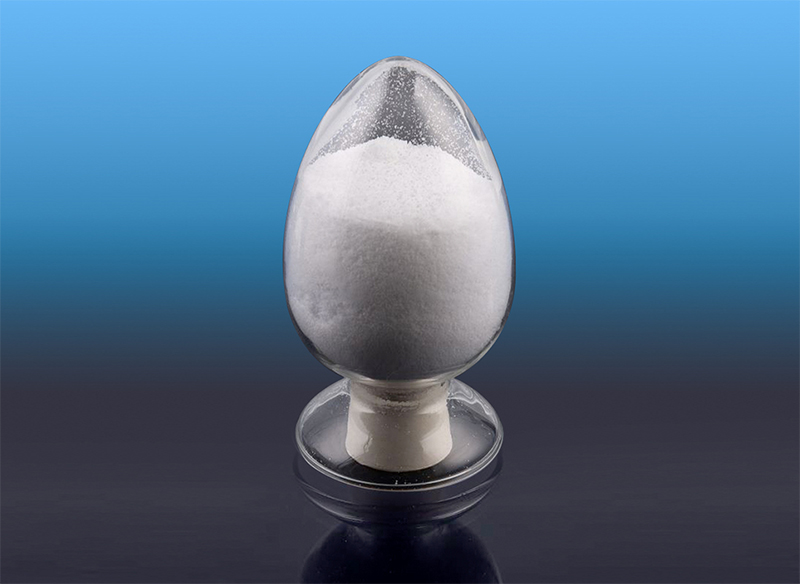How Does the Hydrogenation Process Affect the Mechanical Properties of Styrene-Butadiene Block Copolymers and Their Applications?
Hydrogenated Styrene-Butadiene Block Copolymer (HSBC) has emerged as a material of choice in many advanced applications due to its remarkable mechanical properties and versatility. The transformation from an unhydrogenated to a hydrogenated state has profound effects on the physical characteristics of the copolymer, influencing its performance in various applications, from automotive components to consumer goods. But how exactly does the hydrogenation process affect the mechanical properties of Styrene-Butadiene Block Copolymers (SBCs), and why does this matter for their real-world applications?
The primary effect of hydrogenation on SBCs is the alteration of their chemical structure. In the unhydrogenated form, SBCs have a block structure composed of polystyrene (styrene) blocks and polybutadiene (butadiene) blocks. The butadiene component, being more reactive, is susceptible to oxidation and degradation when exposed to heat or chemical environments. When hydrogenated, the butadiene segments undergo a chemical reaction in which hydrogen atoms are added, saturating the double bonds in the butadiene. This process reduces the level of unsaturation in the polymer, making the material more stable and resistant to oxidative degradation.
From a mechanical perspective, this saturation of the butadiene blocks results in several significant improvements. One of the most notable is the enhanced tensile strength of the hydrogenated copolymer. As the butadiene becomes more chemically stable, the material exhibits improved resilience to stretching and mechanical stress. This property is especially valuable in applications such as automotive tires, industrial seals, and gaskets, where materials are constantly exposed to tension and pressure.
Hydrogenation also impacts the elasticity of SBCs. While unhydrogenated SBCs offer a good balance between flexibility and hardness, hydrogenated versions typically exhibit improved dimensional stability and greater hardness. The resulting copolymer retains much of its flexibility while offering increased resistance to deformation. This combination of hardness and elasticity makes HSBC an ideal material for products that need to withstand both compression and flexing, such as automotive suspension components and engine mounts.
In addition to its improved tensile strength and elasticity, the hydrogenation process increases the heat resistance of the copolymer. The saturated butadiene segments make the polymer more resistant to high temperatures, enabling HSBC to maintain its structural integrity in harsh environments. This heat resistance is particularly valuable in industries like automotive manufacturing, where materials must function reliably in engines and exhaust systems exposed to extreme temperatures.

The improved chemical resistance of hydrogenated SBCs also enhances their suitability for demanding applications. The saturation of the butadiene blocks makes the material more resistant to chemical attack from oils, fuels, and solvents. This increased chemical stability is a key factor in the use of HSBC in the production of fuel hoses, oil seals, and other automotive components exposed to harsh chemicals and petroleum-based fluids.
Moreover, hydrogenated SBCs exhibit enhanced wear resistance. This characteristic is particularly advantageous in footwear and rubber coatings, where friction and contact with abrasive surfaces can quickly degrade conventional materials. HSBC’s resistance to wear extends the life of products, making it a cost-effective choice for industries that require long-lasting performance in high-wear environments.
The processability of HSBC is another advantage that stems from hydrogenation. While unhydrogenated SBCs may require special processing conditions due to their higher levels of unsaturation, hydrogenated SBCs are more stable during processing, offering better control over viscosity and flow properties. This makes them easier to handle during manufacturing processes such as extrusion, injection molding, and calendaring, ultimately contributing to a smoother production process and higher-quality finished products.
In essence, the hydrogenation of styrene-butadiene block copolymers results in a material that is not only more stable and resistant to environmental stressors but also offers improved mechanical performance across a range of applications. From the automotive industry to consumer goods, the enhanced properties of HSBC make it a critical material for producing durable, high-performance products.





